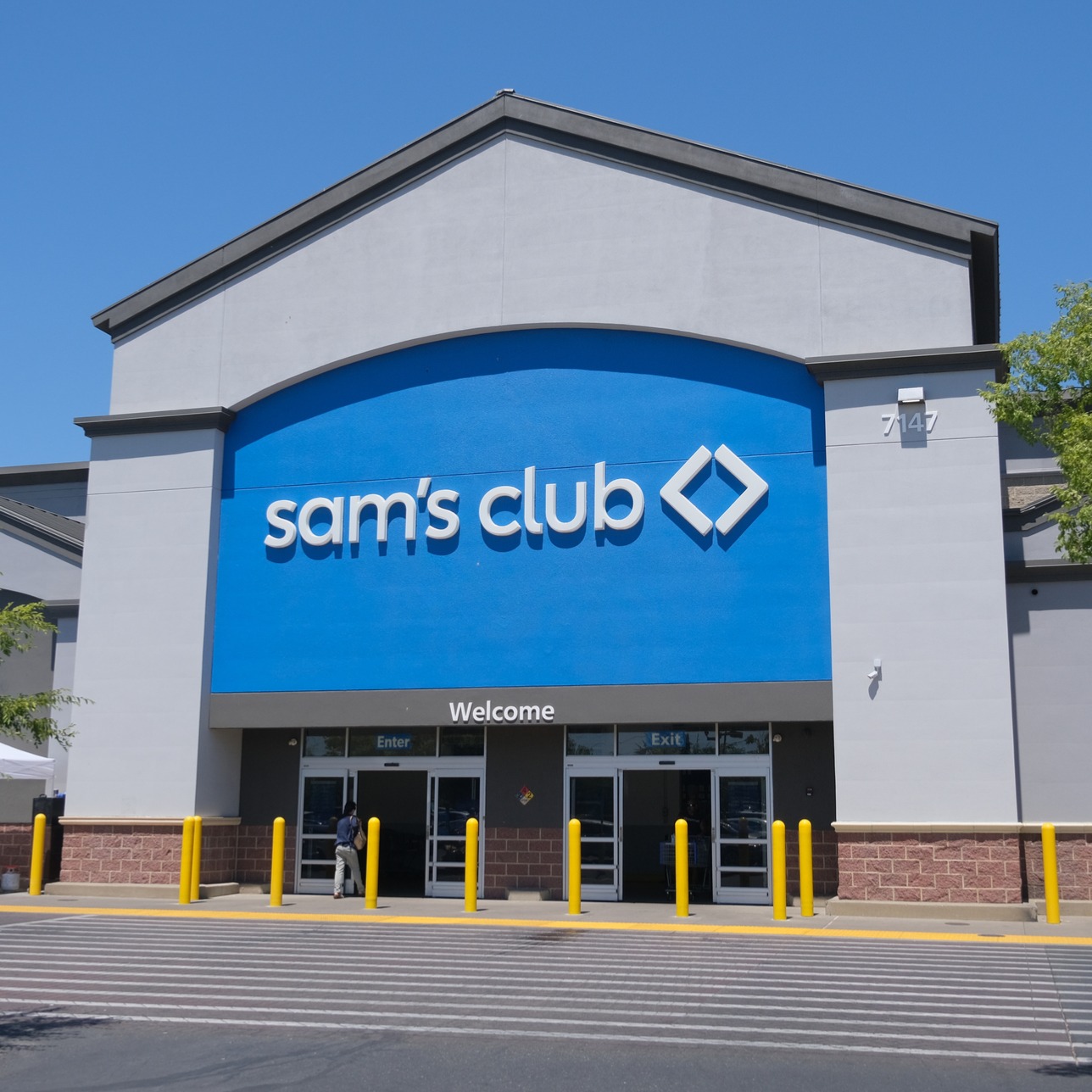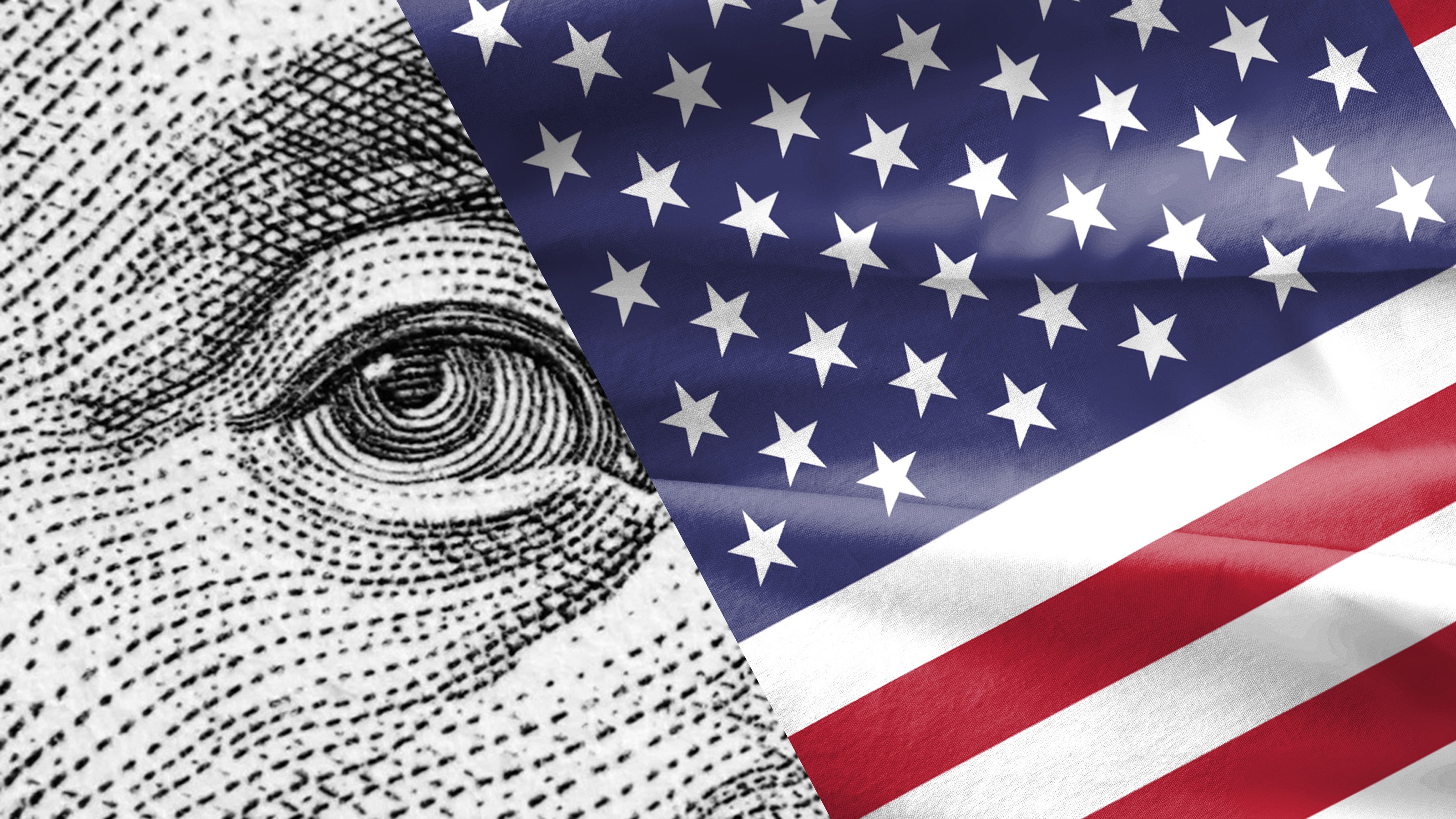Credit Freeze Will Thaw in 2010
Banks will open their purse strings for the most worthy borrowers.
The credit freeze will begin to thaw over the next several months, giving firms with sound financials more access to capital that will let them invest, restock shelves and add staff.
By midyear, expect to see some loosening, though not a big melt. Banks will loosen their purse strings enough for a slow, steady stream of loans to start dripping into the economy. “Progress will be measured in inches, not miles,” says William McCracken, CEO of Synergistics Research Corp., a financial services research firm.
Look for lending to smalls to rise about 10% this year, says Bob Coleman, a small business lending expert. The free flow won’t start until late in the year, when banks and companies are more confident of growth. That, in turn, will help spur the economy. “Growth is what leads us out of a recession, and that is what leads to loans,” says Bob Patten, senior bank analyst at Morgan Keegan & Co.

Sign up for Kiplinger’s Free E-Newsletters
Profit and prosper with the best of expert advice on investing, taxes, retirement, personal finance and more - straight to your e-mail.
Profit and prosper with the best of expert advice - straight to your e-mail.
That will be a big difference from 2009, when lending to smalls contracted by 25%. Some shaky firms that couldn’t qualify for loans before are on firmer ground now, and stronger businesses are making preparations to expand or invest.
Firms need to boost inventories this year after cutting them back by more than $113 billion in 2009, according to the Economic Advisory Committee of the American Bankers Association. They also plan to plow bucks into buying capital and increasing advertising as consumers start to open their wallets again. More than 40% of small companies say they will need to borrow, according to the January Discover Small Business Watch.
Banks are ready and able to help. They’ve spent a year tightening their credit standards and cleaning up messy balance sheets by writing down losses and hiking reserves. Banks such as BB&T, PNC, US Bank, First Horizon and Bank United are strong and looking to increase their market share. “I believe there are banks that are adequately capitalized based on every regulatory criteria that exist today and are using that capital to make loans to viable borrowers,” says Patten. “There are many banks, with good customer focused cultures, that will start taking market share from inwardly focused banks.”
Plus government efforts, such as a plan to open up $30 billion for community banks to increase small business lending, should give lenders an incentive to open their wallets.
Still, bankers won’t return to their freewheeling days of yesteryear. Even if they wanted to, regulators wouldn’t let them. Oversight is tighter, and many banks complain that examiners second-guess too many loan decisions. “We are in an environment where regulators frown on anything other than a gilt edged loan,” says Camden Fine, president of the Independent Community Bankers of America.
Not all businesses will find it easy to borrow: Many restaurants and retailers as well as various construction and housing firms, for example, are still hurting.
Others will find banks eager to lend: Government contractors, for example, and high-tech firms, especially those in nanotechnology and green energy work. With more companies outsourcing back office functions to save money, any firm that provides business services in IT, Web design or accounting has a leg up. Professionals, such as doctors with steady billings, also will find ready lenders. “Those companies that are hitting the right targets are now saying, ‘we need money,’” says Marilyn Landis, president of Basic Business Concepts.
Smalls can improve their odds by getting their credentials in top shape:
• Have a strong business plan, experienced managers and a reliable cash flow.
• Make sure financial statements are in good order, complete and up to date.
• And be sure you can show your banker how you plan to pay back the loan.
If a bank turns you down, consider alternatives. Credit unions are growing, lending more often to their members’ businesses. And look at factoring or purchase order borrowing. The interest will be higher, 12% to 18%, but it’s a possible short-term solution.
“Most businesses were getting started at a time when credit was too easy,” says Landis. “Now they have to be absolutely sure of how much they want to borrow and whether they can afford it.”
For weekly updates on topics to improve your business decisionmaking, click here.
Get Kiplinger Today newsletter — free
Profit and prosper with the best of Kiplinger's advice on investing, taxes, retirement, personal finance and much more. Delivered daily. Enter your email in the box and click Sign Me Up.
-
 Stock Market Today: Stocks Gain on Tech, Auto Tariff Talk
Stock Market Today: Stocks Gain on Tech, Auto Tariff TalkThe Trump administration said late Friday that it will temporarily halt tariffs on some Chinese tech imports.
By Karee Venema
-
 Sam's Club Plans Aggressive Expansion: Discover Its New Locations
Sam's Club Plans Aggressive Expansion: Discover Its New LocationsSam's Club expansion plans will open up to 15 new stores each year. Learn where they plan to open in 2025.
By Sean Jackson
-
 The AI Doctor Coming to Read Your Test Results
The AI Doctor Coming to Read Your Test ResultsThe Kiplinger Letter There’s big opportunity for AI tools that analyze CAT scans, MRIs and other medical images. But there are also big challenges that human clinicians and tech companies will have to overcome.
By John Miley
-
 The New Space Age Takes Off
The New Space Age Takes OffThe Kiplinger Letter From fast broadband to SOS texting, space has never been more embedded in peoples’ lives. The future is even more exciting for rockets, satellites and emerging space tech.
By John Miley
-
 Rising AI Demand Stokes Undersea Investments
Rising AI Demand Stokes Undersea InvestmentsThe Kiplinger Letter As demand soars for AI, there’s a need to transport huge amounts of data across oceans. Tech giants have big plans for new submarine cables, including the longest ever.
By John Miley
-
 What DOGE is Doing Now
What DOGE is Doing NowThe Kiplinger Letter As Musk's DOGE pursues its ambitious agenda, uncertainty and legal challenges are mounting — causing frustration for Trump.
By Matthew Housiaux
-
 A Move Away From Free Trade
A Move Away From Free TradeThe Letter President Trump says long-term gain will be worth short-term pain, but the pain could be significant this year.
By David Payne
-
 The Explosion of New AI Tools
The Explosion of New AI ToolsThe Kiplinger Letter Workers and consumers soon won’t be able to escape generative AI. Does that mean societal disruption and productivity gains are right around the corner?
By John Miley
-
 Trump’s Whirlwind Month of Crypto Moves
Trump’s Whirlwind Month of Crypto MovesThe Kiplinger Letter The Trump administration wants to strengthen U.S. leadership in the cryptocurrency industry by providing regulatory clarity.
By Rodrigo Sermeño
-
 Excitement Over AI Propels IT Spending
Excitement Over AI Propels IT SpendingThe Kiplinger Letter IT sales set to surge in 2025 as businesses rush to adopt generative AI.
By John Miley